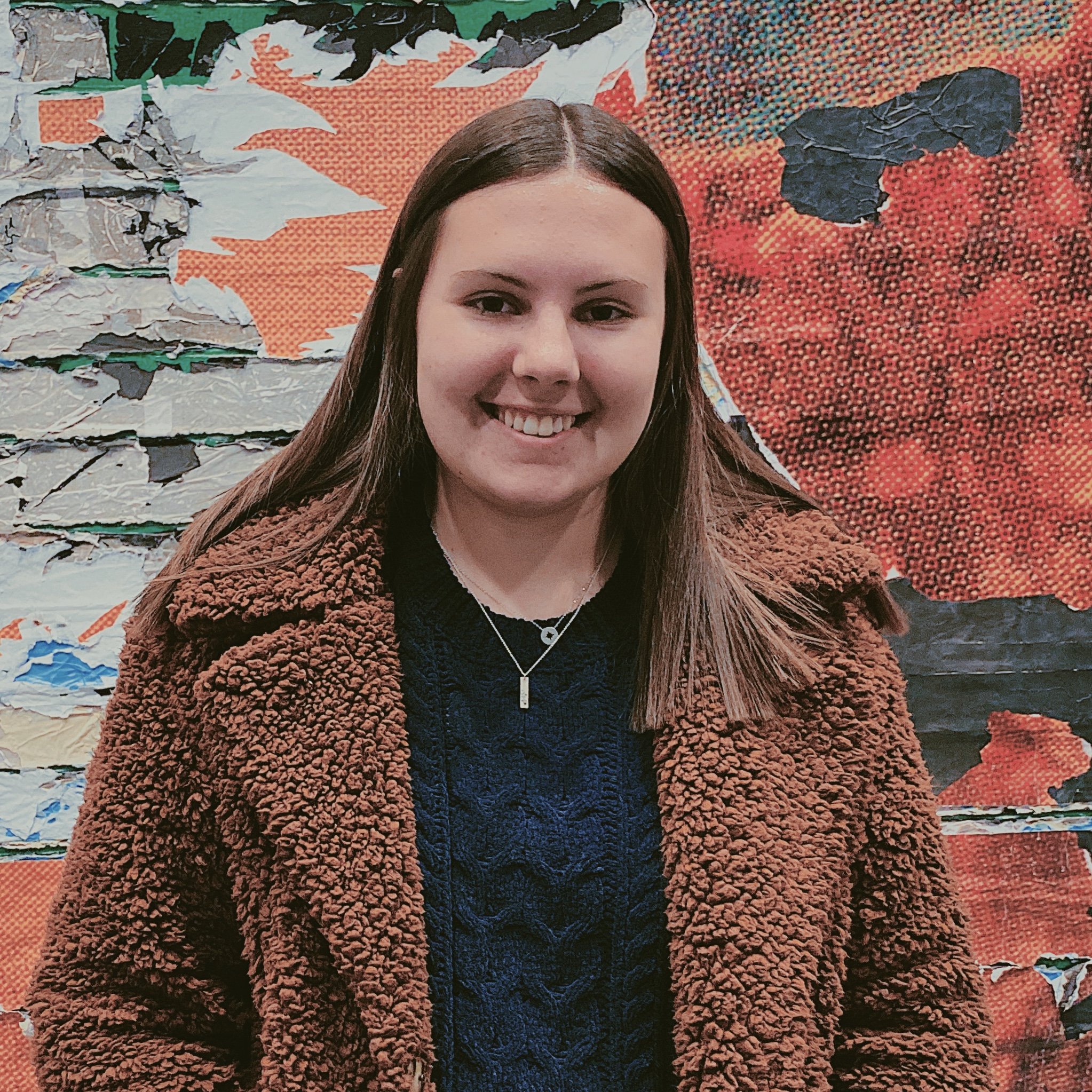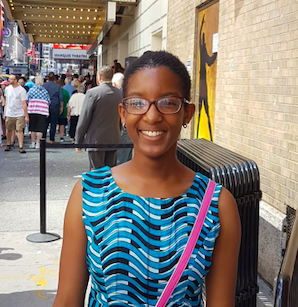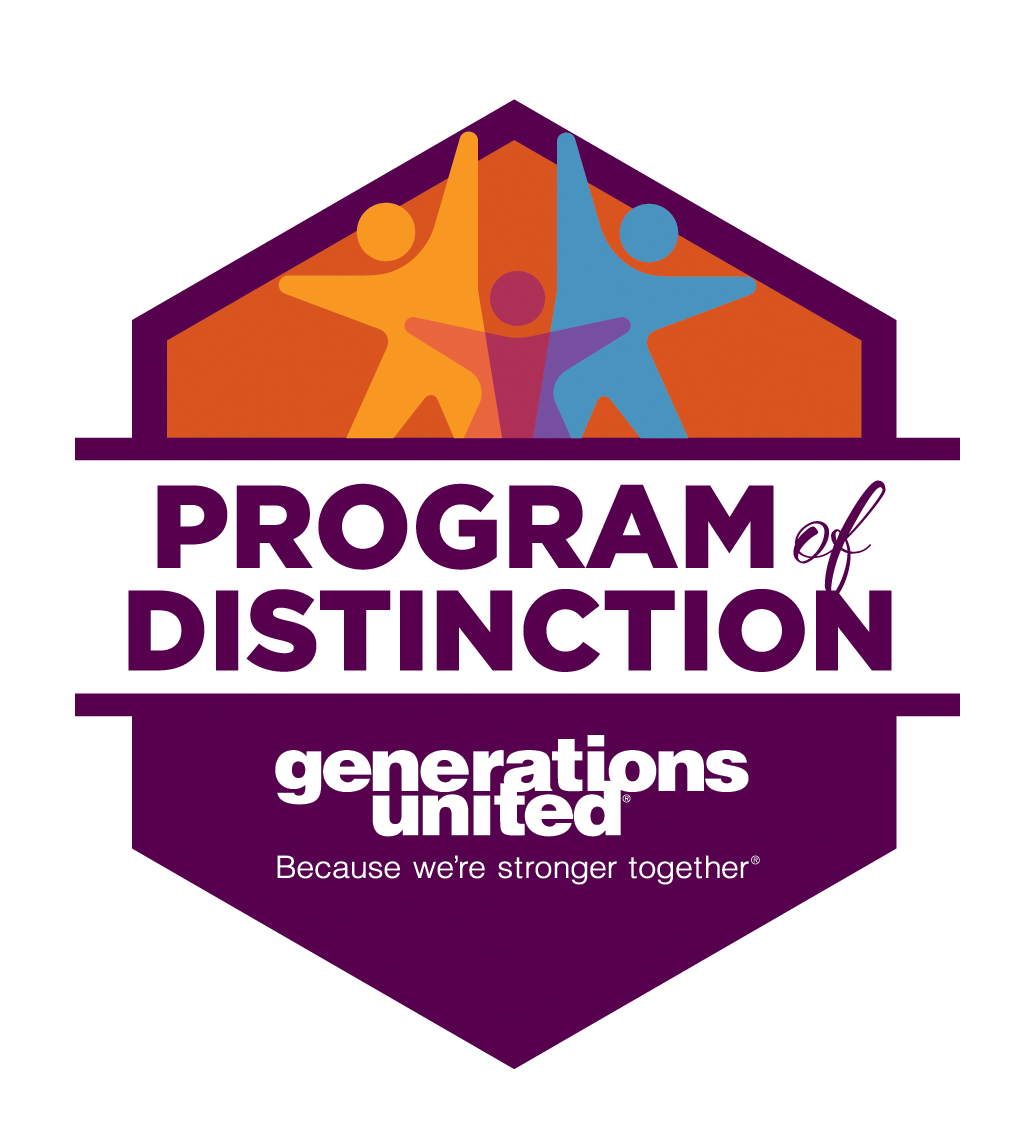About the Series
Thanks for stopping by to check out our new blog, Stories that Link Generations: Summer Series! Through the age-old art of narrative storytelling, we aim to discover the similarities between generations. Twice a month, we will explore a theme and how it has manifested itself in the life experiences of a teenager and the life experiences of an older adult.
Perseverance and Resilience
Our first post will discuss perseverance and resilience. During the COVID-19 pandemic, jobs, livelihoods, and celebrations have been ripped apart and replaced by unemployment, isolation, and grief for far too many people. Despite the relative measure of change the pandemic has inflicted upon each of our lives, there has never been a more important time to draw upon our past experiences with perseverance and resilience. As defined by the online Merriam-Webster Dictionary, perseverance is the, “continued effort to do or achieve something despite difficulties, failure, or opposition,” and resilience is the “ability to recover from or adjust easily to misfortune or change.” Nonetheless, no definitions can put these fundamental concepts into clearer perspective than the real-life instances we will explore below. Change often calls for resilience; but with resilience, comes growth.
Meet Faith
Our teenage speaker is named Faith A. She grew up in Gaithersburg, Maryland and is excited to enter her first year of college, where she plans on studying diplomacy and cultural diversity. During high school, she participated in a wide variety of extracurricular activities, including Theatre, the Bella Voce Chorus, Track and Field, Cross Country, Mock Trial, Book Club, Link Generations, and the Bow Down Dance team.
Below is her story of how she went from an unathletic newbie on her high school Cross Country team to an admired team player.

How it Feels to Fly: A Story of Perseverance
Why is this so difficult?
Faith hadn’t joined Cross Country anticipating she would be the slowest runner in the group. Yet, if she was unlucky, thoughts like these would burrow into her mind as soon as now–in the middle of the warm-up. She sees another kid bounding with the long strides of a real runner, and he glides through the air like he’s weightless. It’s a beautiful scene, until she realizes he’s double-lapped her.
That kind of running–it must feel like flying…
What would it feel like to be so quick that the air would bend around her? When she runs, it feels like she’s dragging her legs through thick mud. Instead of soaring with the wind, she has to fight it to take another step. What would it look like to have an entire empty track ahead of her, wide with freedom and clarity?
When will I be able to see what he sees?
She’s only halfway through the warm-up, and her heartbeat already matches the swift pace of the thoughts racing in her head. The sweet warmth of the sunny day was intensifying into a scorching, unbearable heat that simmered into her muscles and drew out all their will to continue.
Can I really do this?
She shakes the question from her mind, pushing it out. She can do this. She can. Yet by asking that question, her body has already betrayed her purpose. It’s asking to quit when she’s only just begun. And if she stops now, there’s no way she’ll look at herself the same way.
Yes, you can do this, just keep going.
As sluggish as she is, she doesn’t stop. If she has to jog slower, then fine, but she would not stop. Minutes behind the rest of the group, her feet drag below her, and she tries to isolate her mind from the movement around her.
Panting, she looks at the group of kids in a circle who have already moved on to the second part of the warm-up exercises. She inserts herself into the group, looking to see that the others were already on the quick high knees.
She manages to make her way through the gruesome set of final laps. She’s soaked in her own sweat, walking slowly behind the rest of the group as everyone else, smiling and laughing, runs back into the school–as if they hadn’t just run five miles. The other girl beside her chats with her friend, saying, “I cut that corner in the mile while the coach wasn’t looking, you know, the one where you turn into the forest.”
Luckily for a runner like her, she can get away with cutting a turn. And who is Faith to judge her tactics–she was still faster, cheating or not. But Faith knows that in order to get better, she can’t cut any corners. So it was good of her to go through every single run with one-hundred percent honesty.
Right?
She should feel pride in her integrity–but all she feels is defeat.
The feeling carries itself over after practice. She’s at home, just out of taking a shower, when the tears pour over.
For an entire season, she’s struggled just to get as good as they are, but she’s still stuck behind them. She’s done everything she was told, yet still, she felt she wasn’t good enough.
She wipes her eyes, double checking that her tears have dried. Hamstrings quivering, she walks down the stairs to watch TV and relax.
The others in Cross Country didn’t have to deal with this kind of weakness after a run. They were probably fine right now–not feeling a thing.
Don’t be so bitter.
It’s tiring that she has to remind herself that others are going through their growing pains as well, but with how well they run, it’s hard to look at them and think they aren’t invincible.
She spots her sister, sitting over a journal at her desk. Maybe she could get her mind off this for a while.
“Hey sis,” she says, finally making it to the bottom step.
“Hello!” she replies, and continues scribbling on her notebook.
“Oh, are you drawing again?” she strolls over there, looking over her shoulder. “Whoa–since when were you that good?!”
On the page, there’s a realistic rendition of a girl running. There’s such a rush of movement in the way she looks, and there’s determination smeared onto her face. Faith stares in shock at the way the runner’s shirt bends to the current of the wind she created the strength of her movement, suspended in the air. Faith stares in shock because last time she checked, her sister’s pencil strokes weren’t as confident and meaningful.
“It’s a process, and I’ve made it past the first couple hurdles,” she puts it simply. Now she starts squirming. “Okay, now go away, I hate it when people watch me draw.”
Faith smiles and gives her space, then walks away, pretending as if nothing incredible had just changed within her. Her heart’s pounding again, and this time, the beats are fueling her hope.
Her sister did that. And she got so much better when she kept trying.
I can do that, too.
As she tries falling asleep later that day, she ends up staring into the pitch dark. Crickets chirp outside. The only light comes from the moon peeking through her curtains.
Tomorrow, I’m going to do it. I’m going to do my best, and I’m going to be proud.
. . .
Running on the path for the meet today, she can’t recall falling asleep the night before. But she feels well-rested and ready to keep running to the end of this path.
She turns a corner, and suddenly, someone from her school appears before her.
No way… that means I’m actually pretty close behind!
Once again, she’s behind them. Her legs weigh down like lead, but maybe she can push herself a bit further this time. She doesn’t feel herself speeding up, but she manages to match the pace. Faith waves over to her at the side, and her teammate waves back–that’s when she realizes that this was the same girl who was talking about cutting corners during her workout yesterday.
She isn’t happy that she was able to endure the pace longer than someone else. She is proud that she finally sees how much faster she’s become. And when she reaches the end of the race, she is panting, sweating, and exhausted. But then, the coach tells her she’s made a personal record–and she beams.
This has to be what flying feels like.,
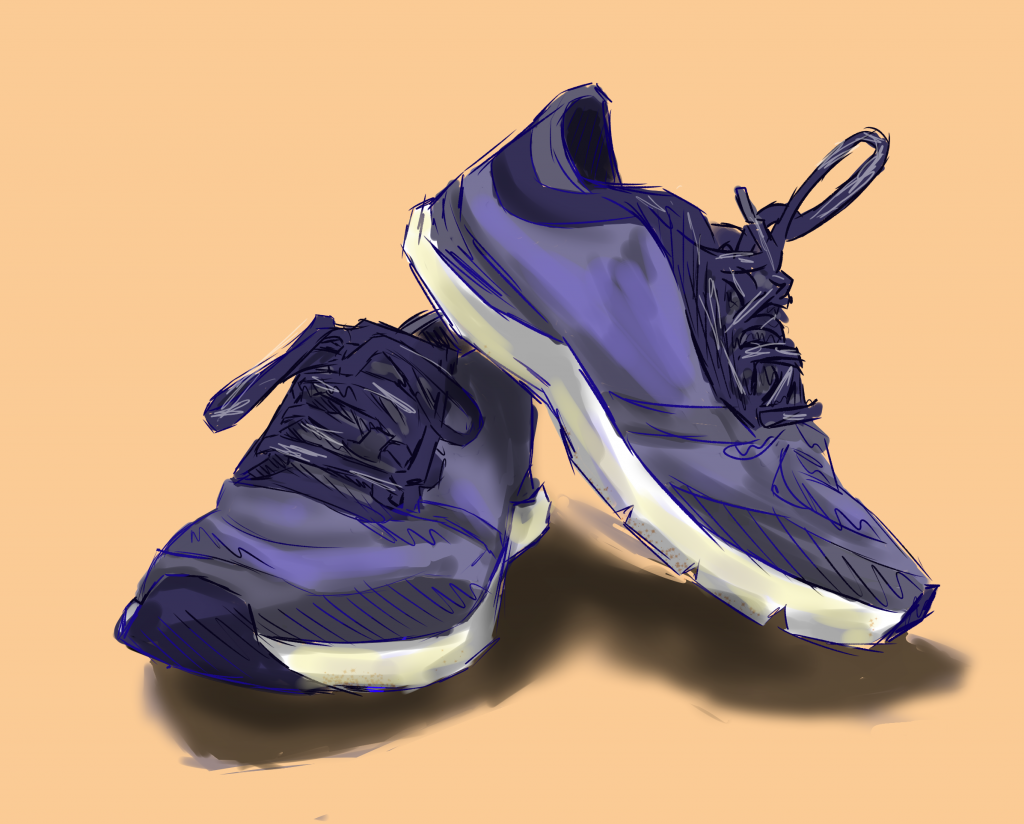
Meet Margaret
When thinking of Alabama, the classic Southern cities of Montgomery and Alabama come to mind. However, for our older adult speaker, Mrs. Margaret Crow, the real magic was created in small towns. As a young girl, Mrs. Crow attended primary and secondary school in the small city of Jasper, Alabama. Four years later and 50 miles away, she graduated from the University of Alabama in Home Economics and Human Resources. Before retirement, Mrs. Crow prized her career as a Home Service Provider for an Alabama power company, in which she drove out to meet people and teach them about the workings of their technological appliances.
This career alone describes Mrs. Crow’s philosophy of meeting people where they are, fostering community, and being generous when it comes to kindness. In her own words,“If you’re friendly and concerned about other people, they seem to be the same for you.” Here, you will find a story of both her resilience and the resilience of her community, and how that has allowed her to become the fiercely caring teacher, friend, grandmother, mother, and wife that she is today.
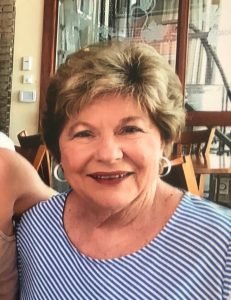
Community & Connections: A Story of Resilience
“Sorry, Margaret. It’s a dead-end job.”
Those few words shocked Margaret. She, an assistant buyer, was standing towards the final aisle of the department store with her friend, a clerk. Despite being relatively new at her job, she had known from the very first few days of work that she loved her career – that at that time, the idea of giving up such a perfect opportunity seemed unfathomable.
“Why?” she asked, skeptic, “I love it!”
“You’re on your feet–constantly. My feet are sore every day, Margaret! You’re busy–constantly. You work from 10 to 9, and when you get home all you can do is collapse on the couch–constantly. I know you love this job, but you’re just too young for this,” the clerk said.
Margaret leaned on the metal shelf by her side in misery. Against her will, she recalled cancelling a date the week prior, knowing exhaustion from work would overcome any chance of enjoying the outing.
Shift gears, she thought, find something new.
Two weeks later, Margaret found herself checking in to her new office. After that conversation, she had applied and later, been accepted as a Home Service Advisor at a nearby power company.
Instead of helping customers in stores, Margaret now drove her company car to the homes of consumers and educated them about how to use their appliances. From convincing rural customers that she worked for a power company and not the police, to demonstrating how to use the Litton microwave, Margaret’s job allowed her to reach and help people in a way that her previous job had not. Having grown up in a small town, Margaret’s job allowed her to regularly express her passion for connecting with people. And she learned that leaving her beloved job behind when it posed a challenge to her future brought much more into her life than she could have anticipated.
Then, the unexpected happened.
“Honey, we have to move,” said her husband. His job had been transferred to southern Birmingham. At the same time, Margaret developed health issues.
It was a difficult move. She was hurting, knowing that not only would she need to overcome her physical illness, but also adapt to the mental and emotional stress of re-establishing.
How am I gonna shift gears this time? she thought.
Her small-town community. Despite the initial shock of the move, neighbors and friends enveloped her over and over again. They grew to know her in a way that was deeply personal and rooted in the nostalgia of growing up in a similar environment. When her brother in-law passed away years later, neighbors brought meals. They offered hugs and “how are you’s”. More importantly, they were just there. And with each moment, the town took on a personality of its own. It became, for her, a cocoon of comfort and support that allowed her to grow from each setback.
When Margaret felt it was time to rest, she retired. In some ways, Margaret recognized the way she had reached out and helped consumers at her old job reflected in the way her community reached out and helped her. That a little kindness out would in one way or another, result in a little kindness in. That while resilience can be built by facing the day-to-day challenges of life, it is secured by the comfort of community against life’s greatest hurdles.
Margaret continues to carry this resilience in the midst of the tragedy and devastation of the COVID-19 pandemic. While the pandemic threatens to take one of her most fundamental passions away, connecting with others, she still finds herself standing at one of the many dead-end streets in her neighborhood, six feet apart and masked, in deep conversation with her friends.

Conclusions on Perseverance & Resilience
Through the eyes of Faith A. and Mrs. Margaret Crow, we’ve learned that whether you are young or old, there’s no doubt that you have experienced some kind of adversity. While we may not experience the same circumstances, we are united by our human passion to stay strong against forces that oppose us or the path we had envisioned for ourselves. It is a very human trait to turn our worst obstacles into opportunities for change and growth. In both speakers’ stories, the perseverance and resilience of those around them encouraged them in their times of need.
We encourage you to reflect on the times in your life where you have conquered an obstacle. Seek out a friend or family member that you know has conquered a great trial. Use the information you find to motivate you to dive right in and face the obstacles that are set before you.
A great trial that faces us now is getting through this period of isolation as a result of the COVID-19 pandemic. We may not be able to see each other in person – or even to see an end to the chaos and strife. Still, we can persevere while making ends meet, and try to adapt to the circumstances beyond our control. Let’s get through this together and stay strong; hopefully, we will be able to look back on this moment and think of how much we have grown because of it.
Finally, we would like to thank our speakers, Faith A. and Mrs. Margaret Crow, for sharing their inspiring stories with us this month.
